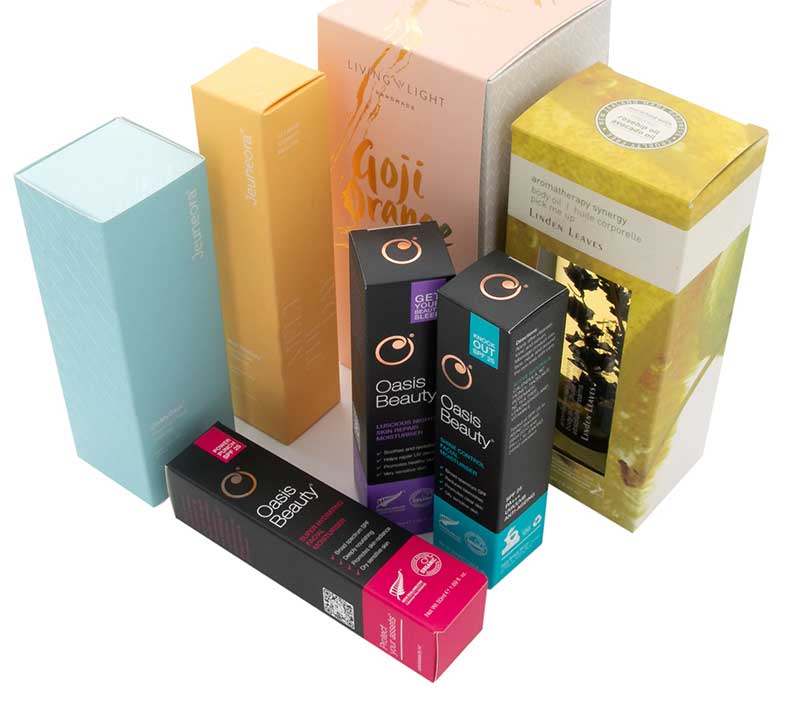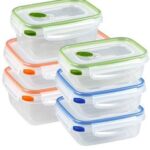Packaging for health and beauty products is crucial for preserving product integrity, ensuring safety, and attracting consumers. Here are some key considerations and common features of health and beauty packaging:
Protection: Health and beauty products often contain delicate formulations that can be affected by light, air, moisture, and temperature. Packaging should provide adequate protection to maintain product efficacy and freshness. This may involve using materials like glass, plastic, or metal, as well as incorporating seals, pumps, or sprayers to prevent contamination.
Safety: Packaging must comply with regulatory requirements for safety and hygiene, particularly for products that come into direct contact with the skin or mucous membranes. Packaging materials should be non-toxic and free from harmful chemicals. Child-resistant closures may be necessary for products that pose a risk of ingestion.
Product Dispensing: Packaging should facilitate easy and controlled dispensing of the product. This may involve features such as pumps, sprayers, droppers, or squeeze tubes, depending on the consistency and application method of the product.
Labeling: Clear and informative labeling is essential for health and beauty packaging. Labels should include product name, ingredients, usage instructions, expiration date, and any relevant warnings or precautions. Labels should be legible and comply with regulatory requirements for font size and placement.
Brand Identity: Packaging plays a significant role in communicating brand identity and differentiating products from competitors. Eye-catching designs, colors, and logos can help products stand out on store shelves and convey the brand’s values and positioning.
Portability: Many health and beauty products are designed for on-the-go use, so packaging should be portable and convenient for travel. This may involve using compact sizes, travel-friendly formats, or resealable packaging.
Environmental Sustainability: With growing consumer awareness of environmental issues, there is a trend toward sustainable packaging in the health and beauty industry. Manufacturers may use recyclable materials, biodegradable packaging, or incorporate refillable options to reduce waste and environmental impact.
Tamper Resistance: Tamper-evident features such as seals or shrink bands are essential for ensuring product safety and building consumer trust. These features indicate whether the product has been opened or tampered with before purchase.
Innovation: Packaging innovation is prevalent in the health and beauty industry, with advancements in materials, design, and functionality. Features such as airless pumps, dual-chamber dispensers, or customizable packaging solutions cater to evolving consumer needs and preferences.
Regulatory Compliance: Health and beauty packaging must adhere to various regulations and standards, including those related to labeling, product claims, and packaging materials. Compliance with regulations ensures consumer safety and prevents legal issues for manufacturers.
Overall, health and beauty packaging must strike a balance between functionality, aesthetics, and regulatory compliance to meet the needs and expectations of consumers while ensuring product safety and efficacy. As consumer preferences and industry trends evolve, packaging design and innovation will continue to play a critical role in the success of health and beauty products.






